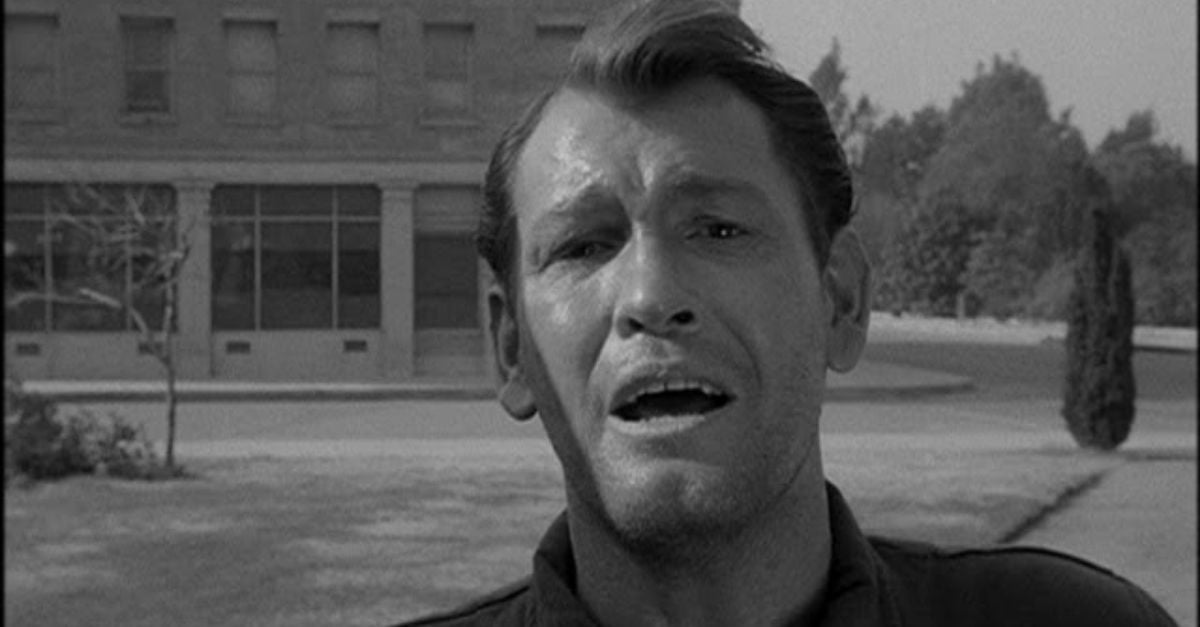
An ancient poplar loomed at the entrance to the abandoned road, its rounded mass of huddled gray limbs reminding her of a brain. She passed beneath its lobes, twigs branching like arteries overhead as she entered the forest.
Deep in these woods, there is a house that’s easy to miss.
Most people, in fact, would take one look and insist it’s not there. And they wouldn’t be wrong, not completely. What they would see are a house’s remains, a crumbling foundation crawling with weeds. A house long since abandoned. But look closely at the ground here, at this concrete scarred by sun and ice. This is where the fireplace goes. If you look deeply enough, a spark will ignite. And if you blow on it, that spark will bloom into a blaze, a warm light in this cold dark forest.
Maya Edwards is 25, not well off, ½ Guatemalan, ¼ Irish, ¼ Italian, with no career drive after getting her degree from Boston University. She is from Pittsfield, MA, where her mother still lives. Her father died before she was born. Not the only significant death in her life. When she was 18, her bff, Aubrey, died a mysterious death, at the hands, she believes, of a man they had both dated. But, despite her being present when it happened, there are no viable clues with which to make a case, and folks thought her nuts for even trying. Today Maya has a life, just moved in with her boyfriend, is about to meet his parents, when she sees a video on Youtube. A young woman, in a diner with her bf, suddenly keels over dead. A close look at her table partner reveals the same man who had killed her friend. She is terrified that he might continue to kill women and may become back to Pittsfield to clean up loose ends.

Ana Reyes – image from her site
Maya keeps having dreams about a cabin in the woods, a welcoming abode, with a warm blaze in the fireplace, the burning pine logs adding their scent to the room, the log walls offering shelter from a strong wind. It is cozy, feels like home. But there is danger there as well. Frank is there in the dreams, always there. She struggles to understand the sounds she hears, but realizes they are coming from Frank, who appears suddenly behind her, and she wakes, drenched in sweat. So, what’s up with that?
The central mystery (well, there are two, the first one is whether Frank actually killed those two women, and if so how, and) what is the deal with the strange house in the woods that haunts her dreams, the House in the Pines of the title.
Maya is not the most reliable of narrators. She is going through withdrawal from Klonopin. It was prescribed to help her sleep, but the scrip can no longer be filled and she is trying to go cold turkey. She has used alcohol liberally to help her both sleep and drown out the darkness that troubles her. Is she imagining things? Are the drugs and alcohol causing her to hallucinate? Is the stress of white-knuckle withdrawal impairing her ability to reason?
I was living in Louisiana, working toward my MFA in fiction, and, like Maya,…had suddenly quit Klonopin after several years of taking it nightly for sleep. The doctor who had prescribed it back in LA never said anything about addiction, while my new Baton Rouge doctor treated me like an addict when I asked her for it. She cut me off cold turkey, and I went through protracted withdrawal syndrome, the symptoms of which inform Maya’s experience in the book. Writing about benzodiazepine withdrawal—albeit from her perspective—helped me through it. – from the Book Club Kit
The story flips back and forth between the present day and seven years prior. We get to see her friendship with Aubrey, and how Frank had come between them. We see how her current troubles with withdrawal and her determination to look into the Frank situation may be interfering with her current serious relationship.
Maya does her Miss Marple thing to try to find out what really happened to Aubrey, to find out how Frank killed her, and one more thing. During the few weeks in which she dated Frank, there were multiple episodes in which she lost hours of time. Did Frank drug her? There is peril aplenty, as we take Maya’s word that Frank is a killer, so all her activity might be putting her in mortal peril. If only the cops had taken her seriously, but you know the cops in such almost stories never do.
Pliny the Elder said Home is where the heart is, but how can a place that feels so home-like also be so terrifying? This reflects some events and concerns in Reyes’s life.
The inspiration was mostly subconscious. I was living alone in a new city, cut off from any place I’d call home, when I wrote the first draft. This lonely feeling inspired one of the book’s major themes, which is the universal yearning to return to a place and time of belonging. That theme shaped the story and helped me build the titular house in the pines. – from the Book Club Kit
Reyes incorporated several elements of her life into the book. In addition to struggles with addiction, both Maya and Ana are half Guatemalan. Both were raised in Pittsfield, MA. The book took seven years to write, and the gap between Aubrey’s death and Maya’s return to the scene of the crime is seven years.
In order to solve the mysteries, Maya must figure out the imagery in an incomplete book her father had been writing when he died in Guatemala. The references take one a bit afield, but if you dig into them, you will be rewarded. I posted some info in EXTRA STUFF.
Maya’s father’s book points to an important truth about the danger she’s in. For me this was a metaphor for inherited trauma. Like so many people with roots in colonized places, the violence of the past has a way of showing up in the present in unexpected and highly personal ways. This is true for Maya in a very literal sense. To save herself, she must understand a story written before she was born. – from the Book Club Kit
There are some fairy-tale-like references in here, but I am not sure they are much more than added in passing. One can see certainly see Frank as a seductive wolf, a la Little Red Riding Hood. A musical group dresses as the fairy godmothers, lending one to consider Sleeping Beauty, which is further reinforced by Maya’s several episodes of lost time, and, ironically, her difficulties with sleep. Woods, per se, have always been a source of fear in Western lore.
So, is it any good? Yep. Ana is certainly flawed enough for us to gain some sympathy, although she cashes in some of those chits with occasional foolish decisions. Secondary characters are a mixed lot. Her boyfriend is thinly drawn. Mom has more to her. Her teen bud, Aubrey, even more. Frank is an interesting mix of loser and menace. The strongest bits for me were a visit to Guatemala and the depiction of the attractiveness of the house. I will not give away the explanation for it all, but, while it may have a basis in the real world, I found it a stretch to buy completely. Still, righteous, if damaged, seeker of truth digging into the mysterious, while imperiled by a dark force, with little support from anyone, with a fascinating bit of other-worldliness at its core. I enjoyed my stay in the cabin. Page-turner material.
The image is both comforting and really sinister at the same time once we learn more about it.
Exactly. That’s definitely what I was going for, that dark side of nostalgia. – from the Salon interview
Review posted – 01/27/23
Publication date – 01/03/23
I received an ARE of The House in the Pines from Dutton in return for a fair review, and another log on the fire. Thanks, folks, and thanks to NetGalley for facilitating.
This review has been cross-posted on GoodReads
=======================================EXTRA STUFF
Links to the author’s personal, FB, Instagram, and Twitter pages
The House in the Woods Was a Reese’s book club selection for January 2023
Interviews
—–NY Times – Teaching Writing to Retirees Helped Ana Reyes Stay Focused by Elisabeth Egan
—–Salon – “House in the Pines” thriller author on the “dark side of nostalgia” with a narrator no one believes
—–Writer’s Digest – Ana Reyes: On Working The Writing Muscles by Robert Lee Brewer
—–Professional Book Nerds – Talking The House in the Pines with Author Ana Reyes by Joe Skelley – audio – 40:00
Items of Interest
—–Book Club Kit
—–Gnosis.org – The Hymn of the Pearl – The Acts of Thomas
Songs/Music
—– Emily Portman – Two Sisters – referenced in Chapter 5, although by a different performer
—–Bobby Darin – Dream Lover – playing at the Blue Moon Diner in Chapter 10
—–Mano Negra – El Senor Matanza – noted in Chapter 11 as Maya’s new favorite band
—– Nine Inch Nails – The Downward Spiral – mentioned in Chapter 17
—– The Foo Fighters – There is Nothing Left to Lose – mentioned in Chapter 17
—–Lenny Kravitz – Mama Said – mentioned in Chapter 17


























